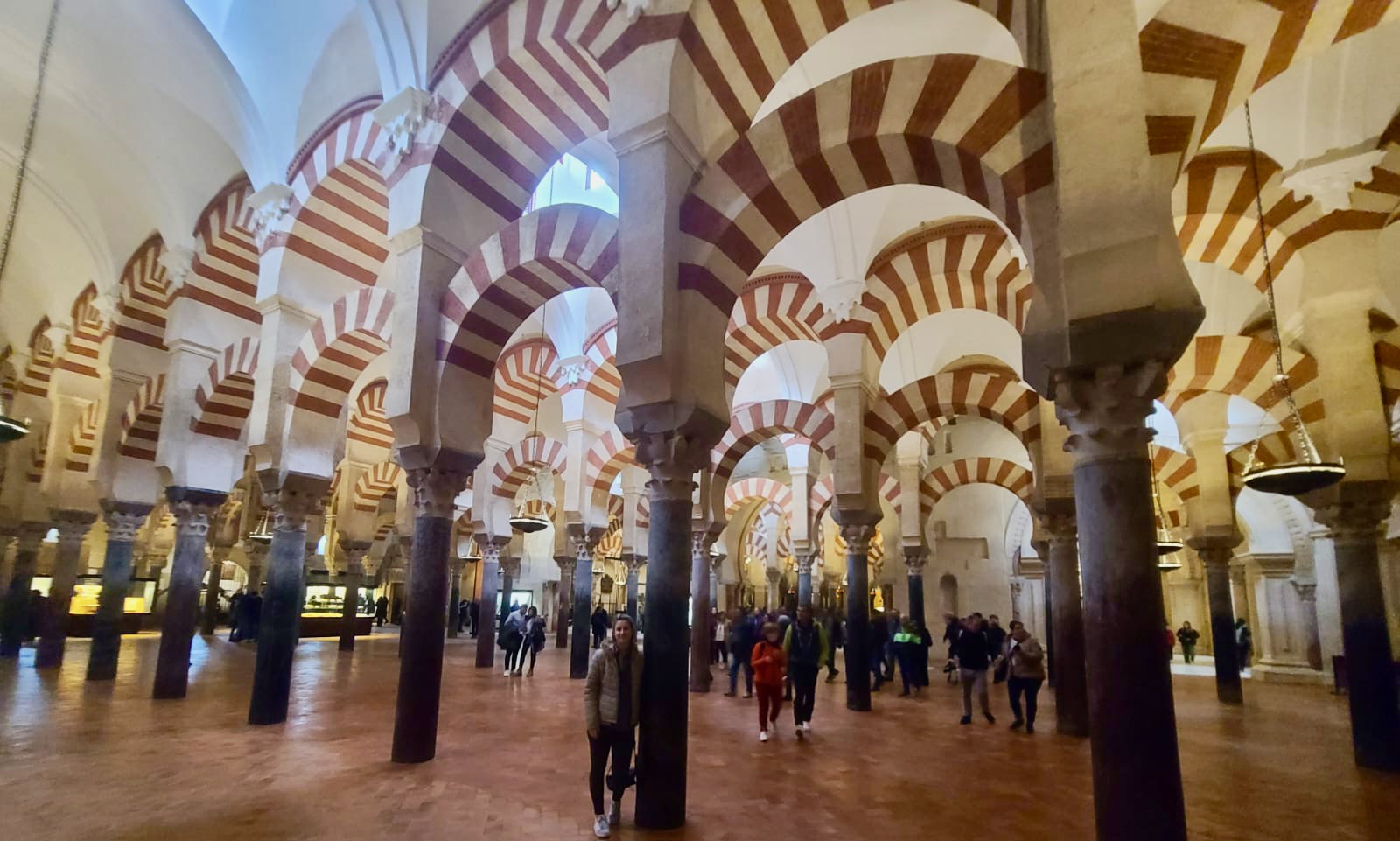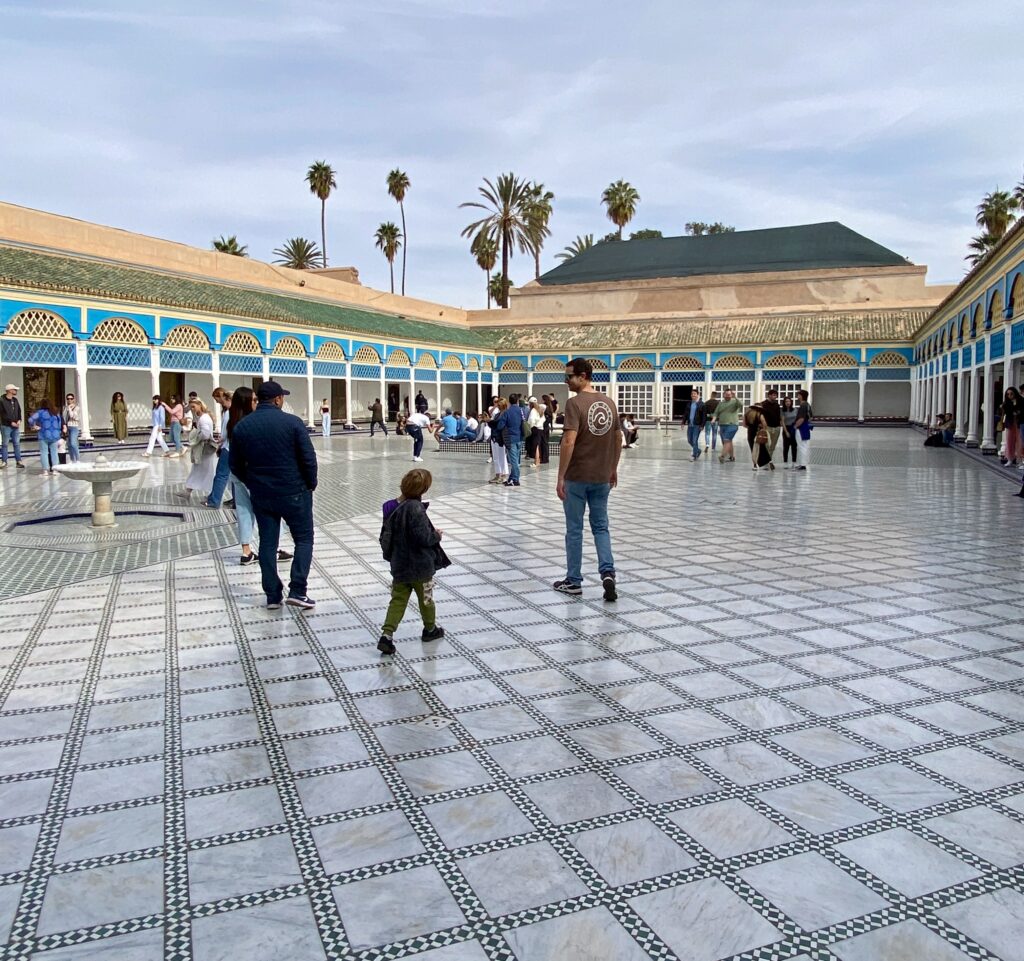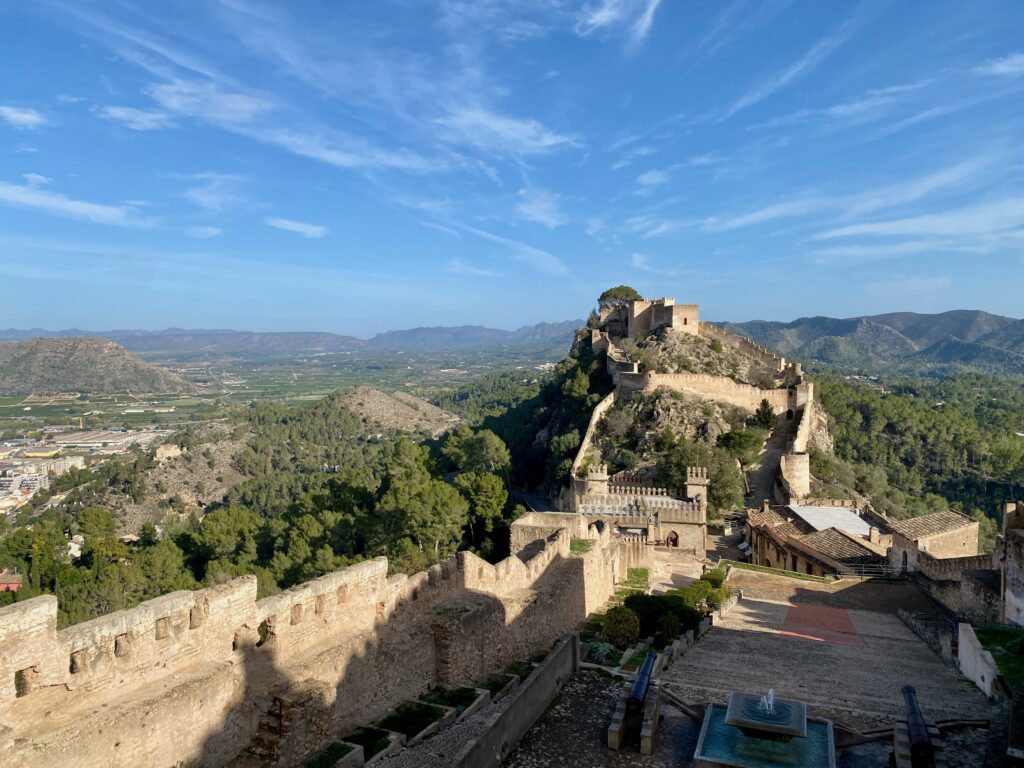On the road (and train line) between Madrid and Sevilla, Córdoba is an intriguing, small city with a notable history, with Roman, Moorish, Jewish, and Christian influences. If you’re going to visit Córdoba, it makes sense to couple it with other cities in the southern province of Spain, Andalusia, such as Sevilla and Granada. Otherwise you can probably see the key sites in Córdoba in 1-2 days, depending on your family’s pace and interests.
Since we had already visited Sevilla and Granada on prior trips in Spain, we decided to use the early December puente (bridge holiday between Constitution Day and Immaculate Conception Day, corresponding to three days off from school before the weekend) to take a road trip from Valencia to Córdoba, about a five-hour, 500-kilometer drive. Although Dave has driven a fair amount in several European countries on prior trips, I had not yet driven a rental car in Spain myself and from what I’ve seen on the road in Valencia, was a little nervous about the experience. Fortunately I had an opportunity to prepare in advance and utilize Tripiamo: Driving in Spain, a series of short didactic and interactive videos on key driving topics, geared especially to American drivers. I learned A LOT that I didn’t know before, even after living in Spain for some time. Some of the most helpful videos were on Road Types & Conditions, Road Signs, and Parking, deciphering many signs that would otherwise not be intuitive for us as American drivers. There were also many useful tips and recommendations on driving style and customs that otherwise might be misinterpreted or misunderstood in a foreign country. Finally, I appreciated the PDF pocket guide which you can print out or keep on your phone for quick reference along your journey – it kept all the key info and takeaways in one place. You can check out other Tripiamo driving guides, including the United Kingdom, France, Italy, and Germany, by clicking here.*
Tips and Lessons Learned for Renting A Car/Road Tripping in Spain:
- Websites like DoYouSpain (and similar names in other European countries) are useful aggregators to find car rentals for your desired itinerary. However, you should only book with a reputable, big-name company (Hertz, Alamo, Thrifty, Budget, SIXT, etc.). You’ll find many low-budget deals online for renting a car for as little as a few euros a day from Spanish-based, smaller companies, but you get what you pay for: namely, fraudulent or bogus charges, unreliable or non-existent customer service, and other hassles that will waste more of your time disputing charges with your credit card company after the fact. Go with the big guys.
- Some rental companies may ask for an International Driver’s License, which can be easily obtained at your local AAA branch in the U.S. and is good for one year after the date of issue. It’s usually only needed if you get pulled over, but safer to get it in advance of any plans to drive a car in Europe.
- Avoid driving in cities; the one-way streets, difficulty making u-turns or left turns, challenges finding parking, navigating traffic … it’s a headache. Although in many countries the extensive, efficient train network makes driving unnecessary, there are still numerous regions of Spain which are more difficult to navigate by public transit, such as Galicia or some parts of Andalusia. Best to rent your car at the airport or train station and keep the car on the outskirts until you need it to drive to destinations outside of the city.
- When you’re driving on major highways (autopistas), you’ll find that Spain has frequent, super-convenient rest stops with gas stations located on service roads or quick turn-offs (meaning you don’t have to navigate far to find gas, food, etc.).
Córdoba Highlights:
- Córdoba’s most important site, the Mezquita, a huge mosque-turned-cathedral, is very impressive and worthwhile to visit. It’s a fascinating history of a cathedral built on a mosque which was built on an early Christian church. So the blend of Islamic and Catholic elements are not only side by side but inside the same building. It’s interesting to reflect on the different approaches to religious observance as you wander through the vast mosque, but with enclosed chapels around the perimeter, and a large, ornate cathedral and choir chamber in the middle. Mornings are quite crowded with tour groups so visiting later in the day is advised.
- It’s easy to walk through Córdoba in a day. About a thousand years ago, Córdoba was considered Europe’s greatest city, with paved streets, an impressive university, and even running water (and it’s safe to drink Córdoba’s water today!) during an otherwise unenlightened medieval era throughout the rest of Europe. There was a time when three religions lived, for a time, relatively peacefully together.
- Spend some time walking across the Roman Bridge, taking in views of the historic core, especially at night when the city’s sites are lit up for stunning views across the Guadalquivir River.
- The Jewish Quarter (Judería), although pretty and quaint, sadly does not have much left to see. The synagogue, a one-room building built in 1315, is actually the only preserved synagogue remaining in Spain; the other two are in Toledo and even more desolate (we visited those on a previous trip to Spain in 2017). Casa de Sefarad, a small, somewhat limited, but important museum summarizing Sephardic Jewish history and culture in Spain, provides a valuable opportunity to learn about the vibrant Jewish community and population in many cities in Spain prior to the horrors of the Inquisition (which took place throughout much of the 1400’s). We were somewhat surprised but heartened to notice that the Jewish Quarter appears to be a main tourist attraction in Córdoba for non-Jewish people and groups.
- Food-wise, overall we did not find the cuisine to be very noteworthy, but that may also be because we found it pretty similar to Spanish dishes we already eat in Valencia. We did enjoy two special meals. The first was at Casa Mazal, run by Casa de Sefarad, which serves tasty, Sephardic Jewish-inspired cuisine in the medieval courtyard of a former home in the Jewish Quarter. We felt it appropriate to celebrate the first night of Hanukkah there! The second was a fabulous, unique dining experience at Noor, a gem of a three-star Michelin restaurant in Córdoba. Some Valencia friends dined at Noor earlier this year and highly recommended it; fortunately we were able to get a reservation (and a babysitter). For the 2023-2024 tasting menu, chef Paco Morales drew inspiration from the Andalusians and the Spanish golden age of the 17th century. The elegant, artistic pageantry of the dining room decor and design, service orientation and coordination, visual cues alongside the courses, and the flavors, sensory experience, and presentation of the food itself simply blew us away throughout this 2.5-hour experience.
- Daytrip to Almodóvar del Río, a beautifully restored, medieval-era castle about a 30-minute drive outside of Córdoba. For Game of Thrones fans, this is where they filmed scenes of Casterly Rock and Highgarden. It’s a short but steep, winding hike up the road to the castle entrance, or you can take a mini-bus. Descriptions in both Spanish and English make it easy to learn about the castle’s history, significance, and evolution as an important defensive fortress for the city. The views are also incredible. Visiting this impressive castle was one of the highlights of our time in Córdoba.
- For the kids in need of a break from touring mosques and cathedrals, check out what I believe to be Europe’s best outdoor playground, Ciudad de Los Niños. Why this amazing place was built in Córdoba, I do not know, but you could easily spend hours here with all of the creative, large-scale playground structures, musical elements, construction/sand pit, zip line, and much more. We actually visited twice during our stay in Córdoba.



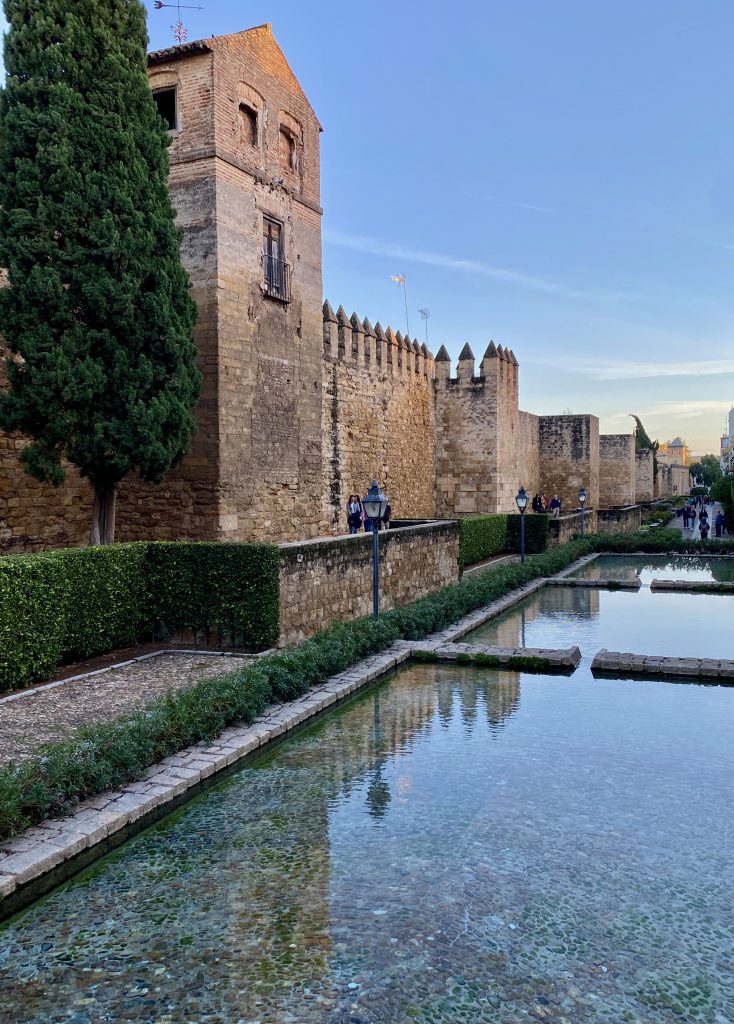
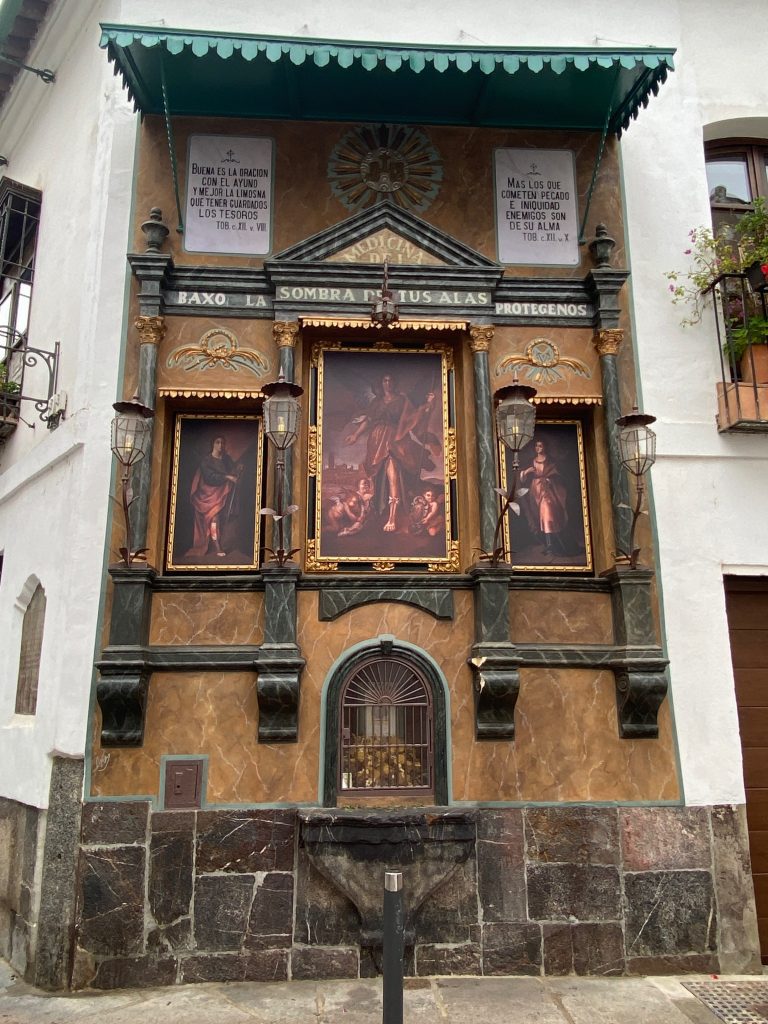

Mezquita:
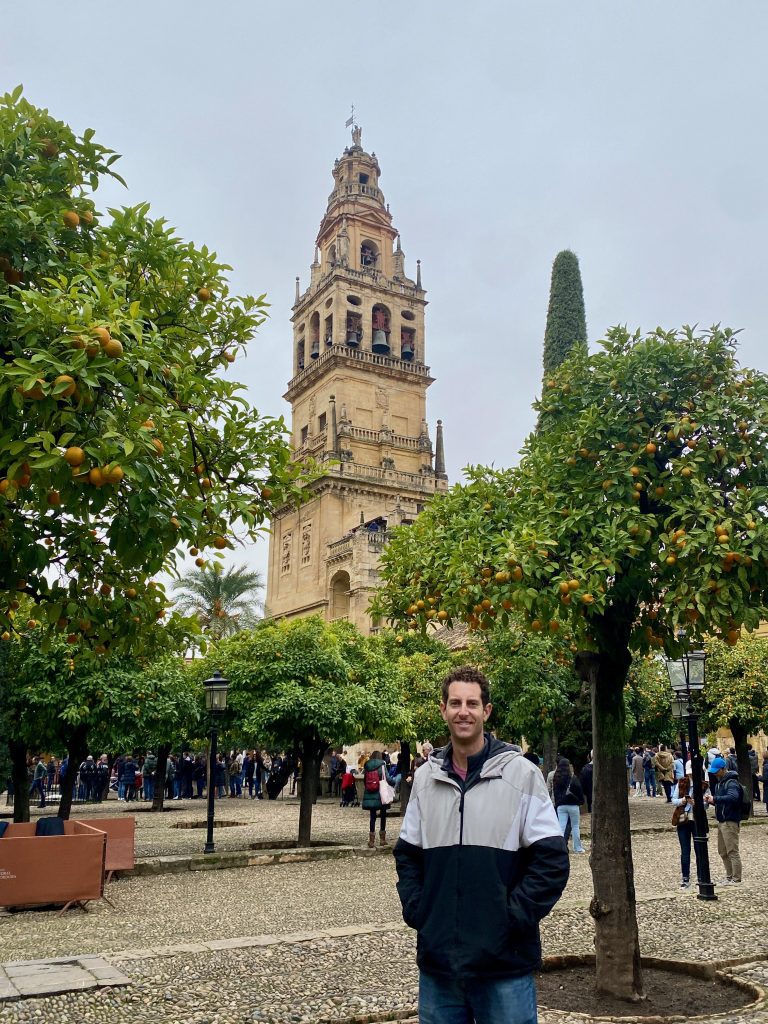

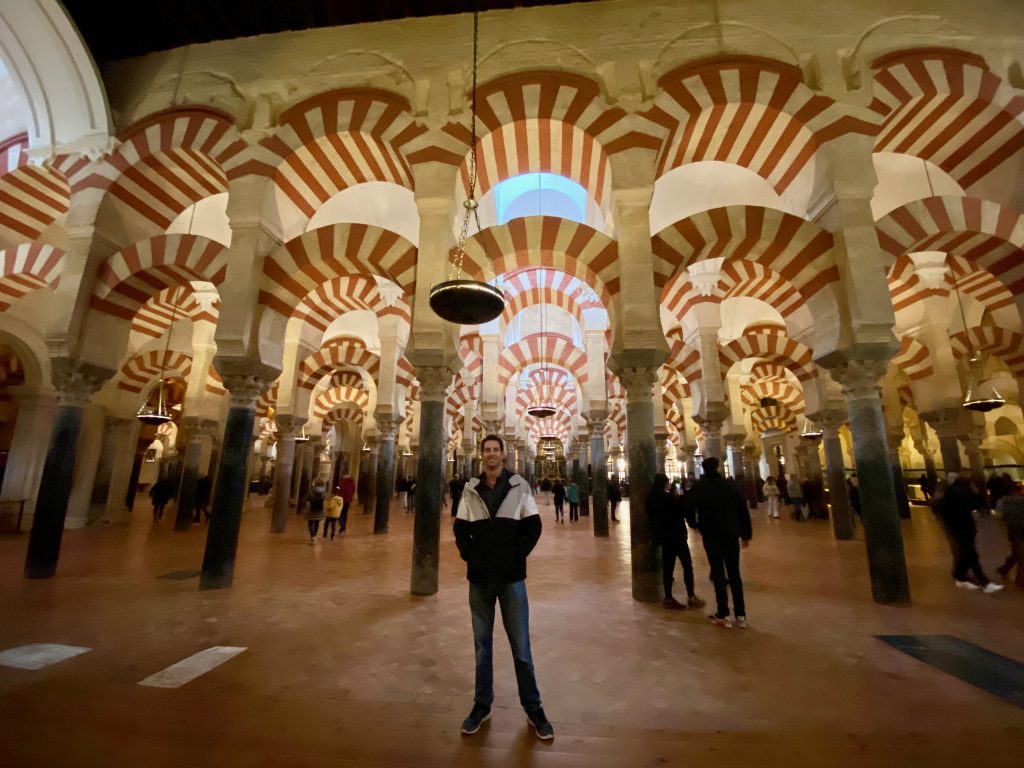



Jewish Quarter (Judería):



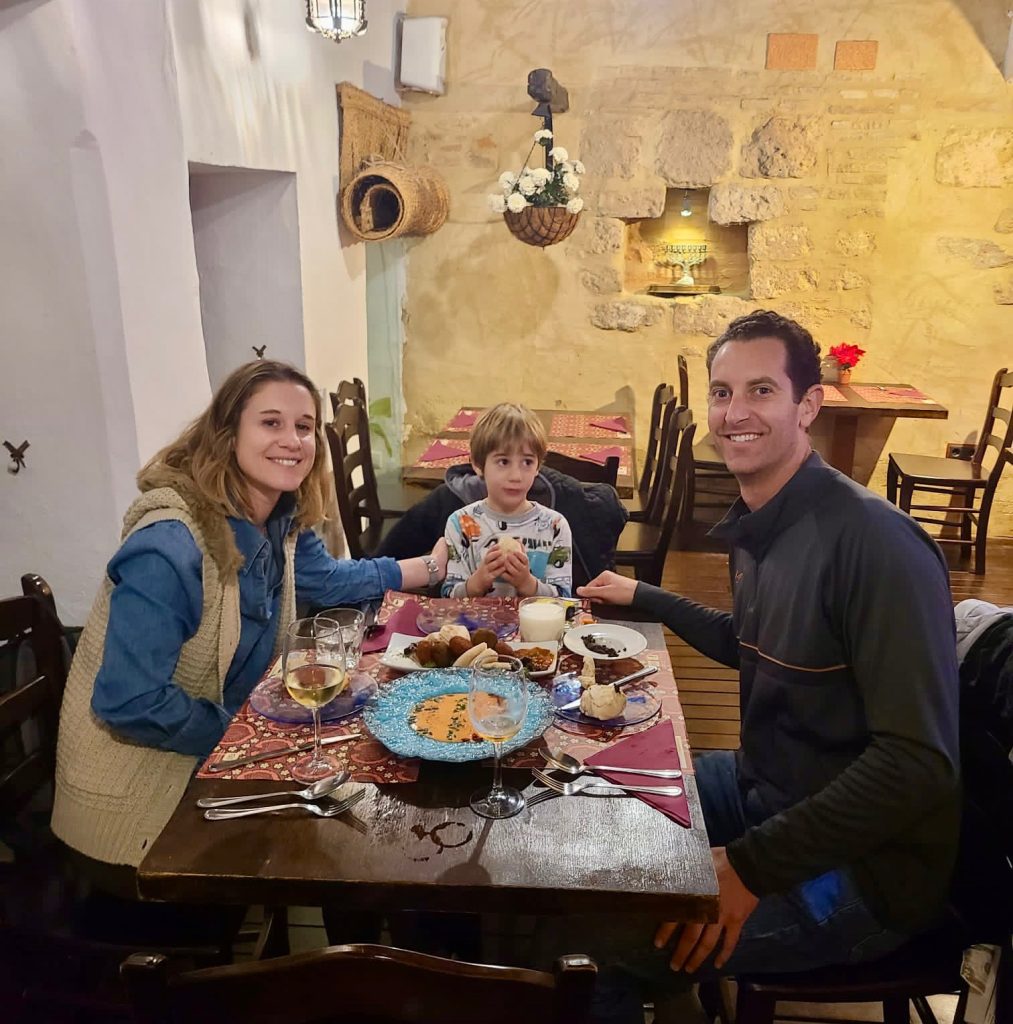


Day trip to Almodóvar del Río Castle and Fortress:




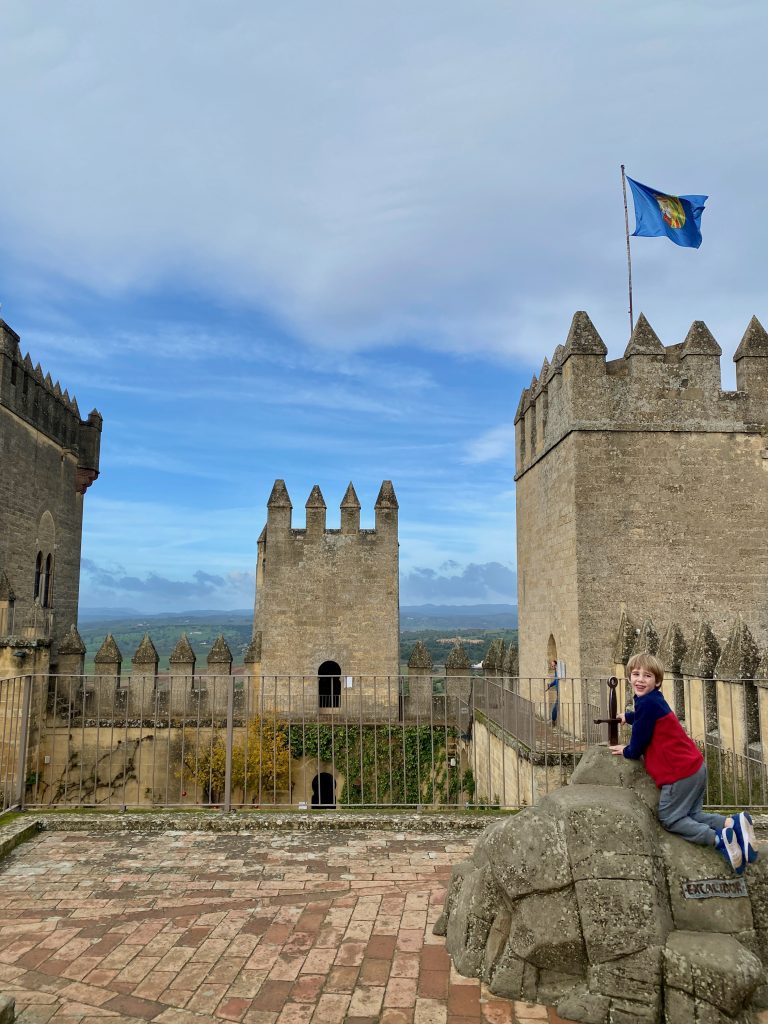

A very special dinner at Noor, a three-star Michelin restaurant in Córdoba:

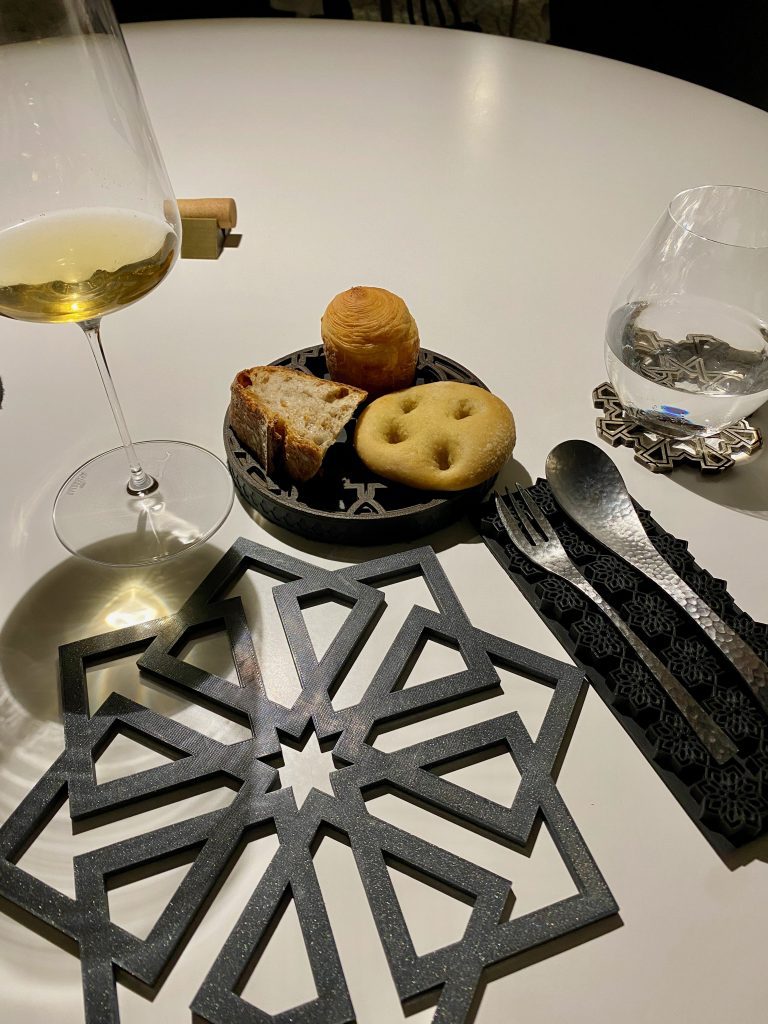







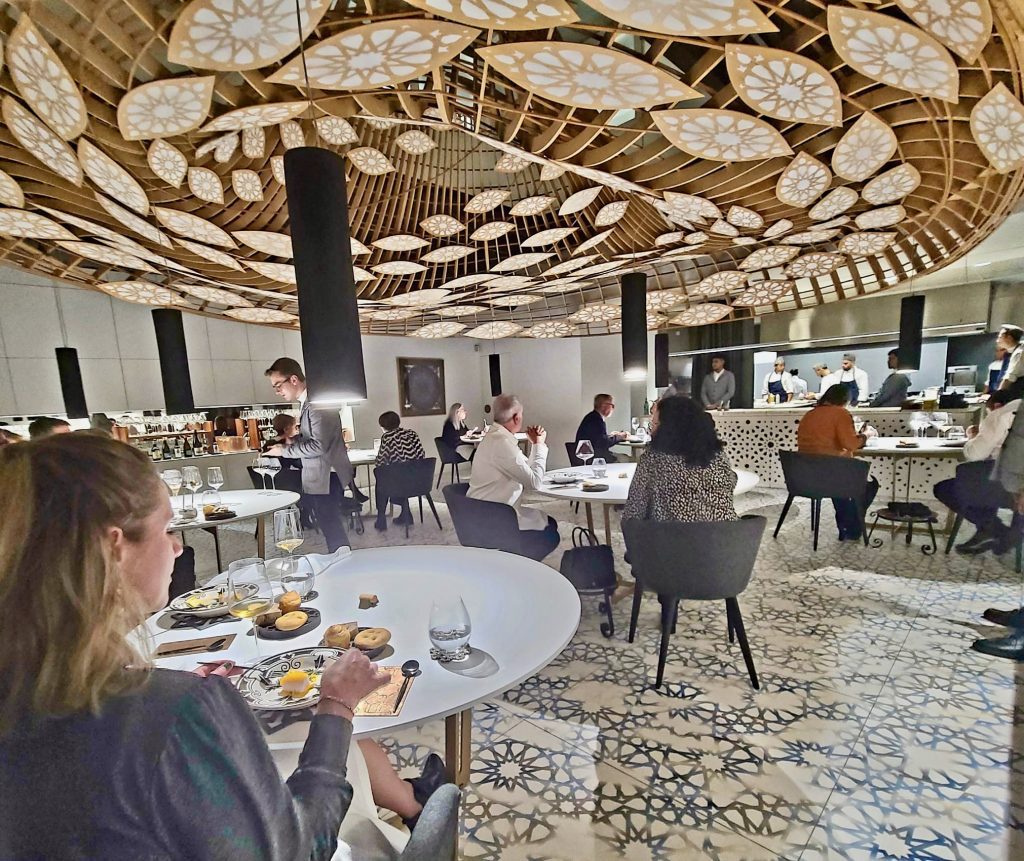
Ciudad de Los Niños playground in Córdoba:


*This post may contain affiliate links, which means I may receive a commission if you click and make a purchase.
